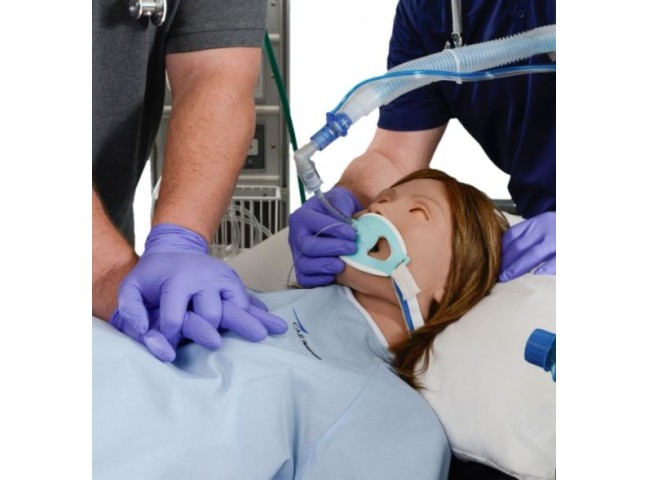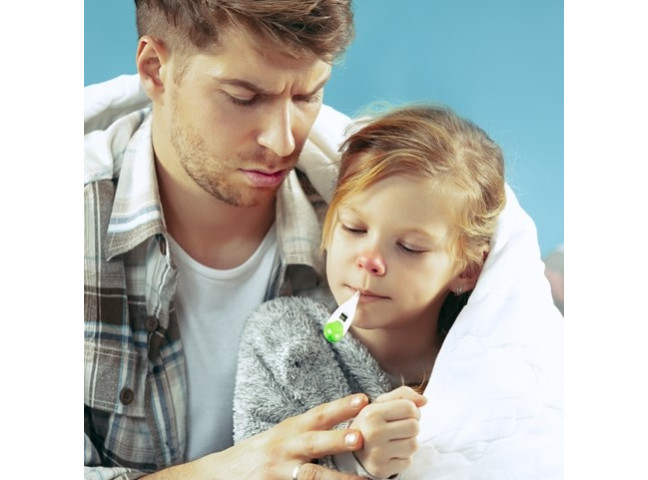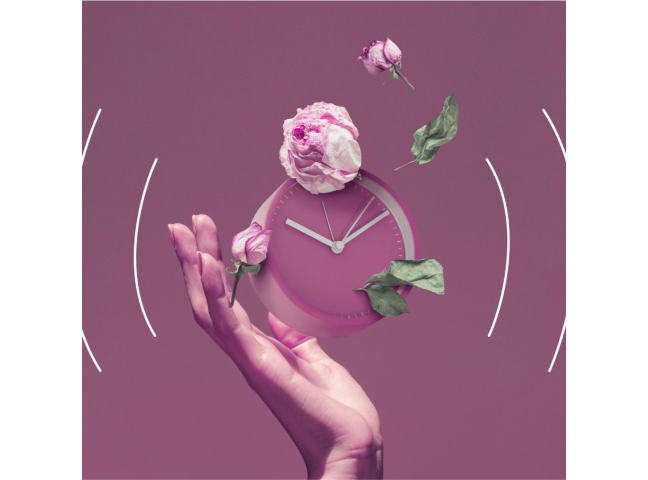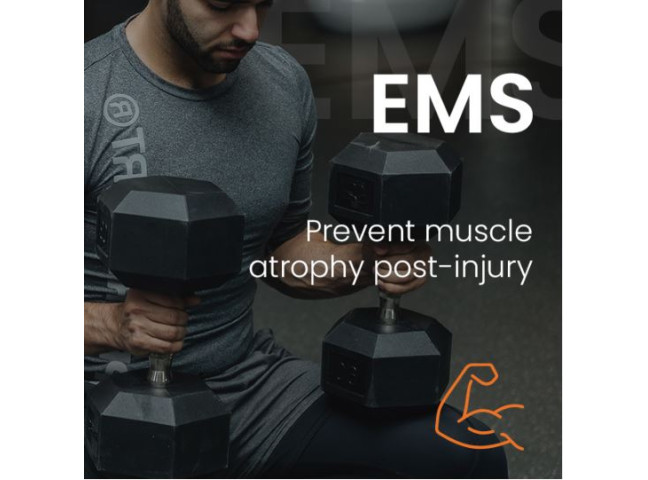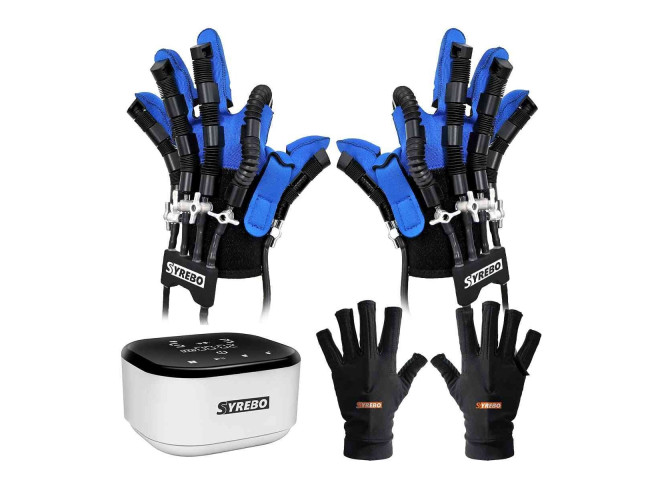What are bedsores?
Pressure sores are injuries to the skin and tissue caused by prolonged pressure on the skin. The tissues of the pressured area of the body become inflamed, disrupting local blood flow and neurotrophy of the tissues. A pressure sore occurs when local anaemia occurs due to impaired blood flow to the tissues. If the process is prolonged, necrosis of the skin and deeper tissue layers develops and the tissues die due to lack of oxygen.
The first signs of pressure sores:
- The skin remains red for more than 30 minutes;
- A faint, warmer redness at the site of pressure - erythema;
- Skin changes: flattened, hardened skin;
- Swelling;
- Urination of the skin;
- Skin cracks;
- Appearance of abrasion, blistering;
- Opening of skin blisters, damage to deeper tissues;
- Necrotic foci around the squeeze.
Classification of pressure sores
Pressure ulcers are classified according to stages as defined by the NPUAP - National Pressure Ulcer Advisory Panel. In 1975, Jacob Shea, MD, divided pressure ulcers into four stages based on the degree of damage, but in February 2007 these stages were refined to add two more categories: deep tissue damage and non-stageable.


- Stage I - Persistent redness: the integrity of the skin is intact, but there is persistent erythema at the site of the bony prominence. There may be painful, warmer or colder skin compared to the surrounding area. These are not true ulcers and can be confused with dermatitis of various origins, so it is important to find out the cause of the lesion.
- Stage II - Partial thickness lesion: a shallow wound with a pink/red bottom is observed. This may also present as an intact or ruptured serum-filled bleb. This stage should not be confused with skin lacerations, dermatitis or maceration.
- Stage III - Full-thickness lesion: In this stage, a subcutaneous fatty layer may be observed in the wound bed, but bone, tendons or muscles are not visible and intact. Necrotic masses may also be present but do not interfere with the assessment of the depth of the lesion.
- Stage IV - Full-thickness soft tissue lesion: in this type of lesion, bone, tendons or muscles are visualised. Stage IV failure may extend into the muscle, fascia or joint capsule, risking the development of osteomyelitis.
- Non-stageable: in this case, all soft tissues are affected. The bottom of the wound is full of necrotic masses, fibrin plaques. The true stage cannot be determined until the wound bed has been cleaned.
- Suspected deep tissue damage - a localised area of red or maroon colour or a full-blooded blister may indicate pressure or shear damage. The area may be painful, warmer or colder compared to the surrounding tissue. There may also be a feeling of fluctuation under the scab. Tissue damage can develop very quickly even with optimal treatment.
The appearance of pressure sores does not always follow a sequence. Deep fissures develop from the inside out under the forces of friction and pressure. The most common site of pressure sores is the sacrum. The second most common location is the heel area. Often, it is also necessary to operate on the gluteal tuberosity and the greater femoral condyle. In childhood, especially in newborns, due to the relatively large size of the head in relation to the body, the most frequent site of pressure sores is the occiput.
Causes of pressure sores
|
Direct factors: |
Indirect factors: |
| Press Immobilisation (2 - 3 hours of constant pressure) Loss of sensation Combined pathology Friction Abrasion Moisture |
Loss of mobility Malnutrition Chronic diseases (diabetes, heart failure, kidney failure, COPD) Age Steroid use Morphology Secretions Respiratory disorders Circulatory disorders |
The most common sites of pressure sores
1. Sacroiliac - buttock area (50%);
2. Heels (35%);
3. Axilla (10%);
4. Shoulder blades (5%).

It is important for the risk assessment of pressure ulcer prevention to:
- Understand who is at risk;
- Have an appropriate dietary and fluid intake plan;
- Protecting the skin and keeping it clean and dry;
- Check skin condition daily;
- Record observations;
- Ensure that the sacrum and heels are not under pressure.
How can I reduce the risk of developing pressure sores?
Proper skin care is very important. This includes checking the skin daily and an individual bathing schedule using warm (not hot) water and mild soap. Avoid massaging bony areas and using creams if the skin is dry. It is also necessary to manage the pressure exerted and is therefore recommended:
- Choose a suitable support surface;
- Follow a repositioning schedule;
- Change body position every two hours in bed;
- Change body position every hour in a wheelchair;
- Use pressure relievers in bed and in a wheelchair;
- Use transfer mats to avoid friction and stretching;
- Pay special attention to the heel and sacrum area - use positioning aids;
- Use a pillow between the legs to position on the side;
- Use (recommended) polyurethane or variable pressure mattresses;
- Use of fluid absorbent mats;
- Use positioning cushions, between the body parts to be supported or between the mattress to reduce pressure (see picture).






Questions?
If you have any questions, please contact Rehastar.com staff by phone on weekdays 08:00 - 17:00 or by email at any time and we will do our best to answer you as soon as possible.
Email: info@rehastar.com
Phone: +370 626 11553

